How to Create Succulent art
By PENNY SWIFT
The vast array of succulents that grow in open gardens and pots provide an incredible opportunity for living art. So, if you’re looking to create something special for your patio or a sunny indoor area in your house, this idea might appeal to you.
But where do you start? My suggestion is to first look for inspiration. Then find the kinds of succulents available to you that can be used to create living art. Find a suitable container … and then go for it.
I am going to help you create your first living masterpiece! Please feel free to share a picture of your creation with us when you’re done. The pic below shows my first attempt, and I absolutely love it!
Where to Get Ideas & Inspiration
My own fascination with succulent artwork came totally out of the blue, mainly from unsolicited Pinterest posts. My immediate response was, What a good idea!
Then I started searching for inspiration, and I can tell you there is no shortage of ideas on the internet. Here are a few examples.
What to Know About Succulents
Apart from the fact that succulents are an ever-growing 21st-century trend, they are easy to grow, versatile, drought-resistant, and the options are seemingly never-ending. They come in all shapes and sizes and are magical in many ways.
Better still, they thrive both indoors and outdoors. Once you identify with succulents there is a good chance you will become obsessed.
Some of the most popular, easy-to-grow succulent species include:
- Crassula
- Sedum
- Echeveria
- Aeonium
- Cotyledon
- Kalanchoe
- Sempervivum
- Haworthia
- Aloe
- Delosperma
- Faucaria
Most of these species can be used in an artistic way both in the garden and in pots. The smaller types are more suitable for the type of living succulent art I describe here. So, I deliberately haven’t included aloes, agaves, or euphorbias.
Also, be aware that there is a vast choice of different plant types within each species. Choose wisely.
Crassula
This is the most diverse succulent genera, with more than 300 species identified, including sedum, echeveria, aeoniums, cotyledons, and kalanchoe. They are generally easy to grow and can be used to create succulent art. Plants range from the huge tree-like Crassula ovata and Crassula arborescens (which is endemic to South Africa) to smaller shrubs, and numerous little annual plants, some of which have a moss-like character.
There are many different jade plants in this group that are particularly popular (see below), and very easy to grow. Like most succulents, you can start a new jade plant from a stem cutting or a leaf.

 Sedum
Sedum
Also known as the stonecrop succulent, Sedum plants may be tall or low and creeping. The creeping type makes a wonderful ground cover and is perfect for small-scale succulent art.
This group of succulents has a range of different colored leaves, which makes it versatile in a living, growing picture.
Sedum is a species in the Crassulaceae family that is native to southern Mexico and Honduras. Burro’s or donkey tail (below) is Sedum morganianum. Its thick stem appears as if it is woven.
Echeveria
One of my favorites, Echeveria is a large, lovely genus of flowering succulent plants in the Crassulaceae family. Native to Mexico, the semi-desert parts of Central America, and areas of Northwestern South America, various Echeverias are known as desert roses or rock roses. Nevertheless, they appreciate dappled shade and make fabulous patio plants.
Mix different types of Echeveria in a pot to create magical succulent art. You will find some ideas in the next section.
Aeonium
Commonly known as the tree houseleek, Aeoniums also belong to the vast Crassulaceae family. Like Echeveria, they have a pronounced rosette shape, but a thinner, tougher stem. They are native to the Canary Islands.
The common pinwheel Aeonium may be black (or rather a dark purple color) or vivid green. Break off the stem and stick it in the ground – it’s that easy.
There is also an Aeonium that looks remarkably like Echeveria. Even the plant snap ID apps get it wrong! The principal difference is the stem and formation of the rosettes.
Cotyledon
This is another genus of succulent plants that belongs to the Crassulaceae family. Some are evergreen and grow through the summer while others shed their leaves in summer and grow in winter.
Cotyledon orbiculata, commonly called pig’s ear, is native to Swaziland and some parts of South Africa and is the best-known of all Cotyledon succulents.
According to the South African National Biodiversity Institute (SANBI), Cotyledon pendens is a rare “succulent shrublet” that only occurs on sheer cliff faces along the Bashe River in the Eastern Cape. It is, however, now available from cultivation nurseries. While rare, it is not threatened and can add a special something to your succulent art.
Kalanchoe
Native to Madagascar, kalanchoe is another genus in the Crassulaceae family. It comes in all shapes, sizes, colors, and forms and makes fabulous house plants. They make a great addition to a mixed succulent planter and add character when creating art with succulents.
See how different the two kalanchoes shown below are to one another?
Sempervivum
A very pretty and hardy succulent, Sempervivum tectorum, more commonly known as hen and chicks, are native to Africa and Europe. The mother plant (the hen) and its chicks form an attractive mat that looks like lots of rosettes.
They spread quickly, so should be thinned out if used, as I have, to create succulent art.
Haworthia
Another of my favorites, the Haworthia genus is endemic to southern Africa. Although much smaller in size and more distinctive in appearance, they are related to much larger Aloes, both being members of the Asphodeloideae subfamily.
Haworthias grow in low-light areas and are ideal houseplants. Some have thick, plump, noticeably succulent leaves that have a translucent quality. Others have sharp, textured leaves, often with dots or stripes, like the much-loved zebra plant.
Delosperma
A useful ground cover species, Delosperma is confined to Africa and the surrounding islands, though three species are found outside the African continent, one on Madagascar and another on the island of Reunion.
Also known as kilpvygies (an Afrikaans name), they are an easy-to-grow succulent species that produces stunning flowers in the fall and early winter.
Faucaria
This is a fascinating little succulent with teeth-like leaves. The Faucaria genus is native to South Africa’s Cape Province and the Karoo. Small and stemless, Faucaria tigrina is listed as an endangered species in South Africa. It is available for sale in some nurseries and garden centers and makes a lovely addition to succulent art.
Tips For Your Succulent Art Design
Like any other art form, succulent art design calls for creativity. Essentially, you are making a living picture that will grow. For this reason, unless you are creating succulent art in a garden bed, you probably won’t want to incorporate plants that will eventually grow tall. Or, if you do, you must be prepared to plant them out when you do and replace them with lower-growing succulents.
A popular theme for creating art with succulents is a pot within a pot.
Fill your main pot or bowl, starting with a layer of crushed stone. Then add a layer of potting soil or peat. Place your smaller pot towards the bottom on one side. Begin positioning your succulents as if you are arranging a vase of flowers.
It’s a good idea to keep them in their pots and move them around until you have decided where they should go.
It’s usually best to stick to one or two different plant types for effect. But there are no hard and fast rules. Do what appeals to you. You can repot your succulents if the arrangement doesn’t work.
Where to Buy Succulents
You can buy succulents online from plant growers or Amazon
Most garden centers stock succulents globally, though your choice will be limited to what they are able to source.
Home growers often attend markets where they sell succulents that they have propagated. I picked up my echeveria-like aeoniums from a home grower. It was a job lot with dozens of different plants, and a very good buy!
The anaoniums had been potted as individual specimens in small, square plastic pots. I wasn’t able to plant them all in the garden at the time. But they took care of themselves and multiplied exponentially! I have now planted most of them and they are thriving as small shrubs.
I also bought my rare Cotyledon pendens from a home grower.
The beauty of succulents is that they are easy to propagate. Once you have mother plants in your garden or in pots, you will have a living resource for your succulent art or patio garden. You might even decide to start a small home business.
Good luck and enjoy!

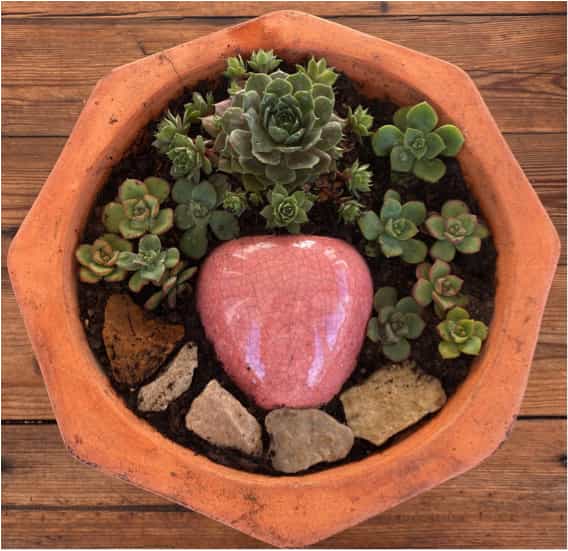
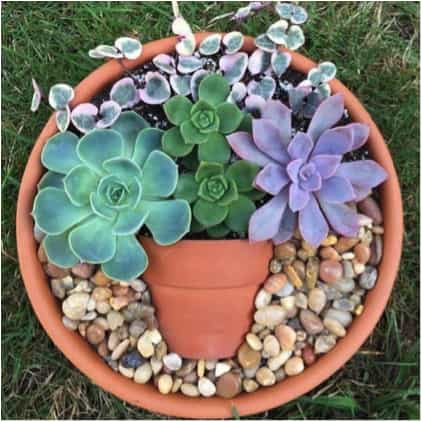
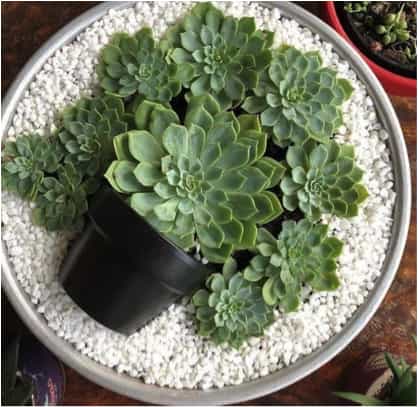
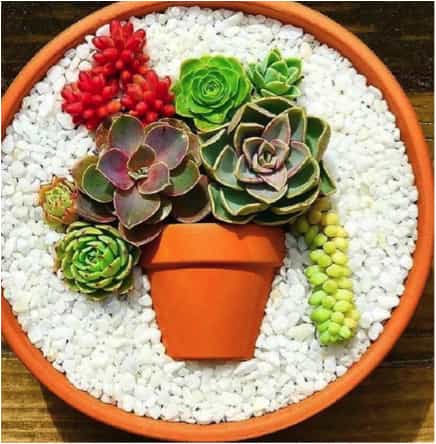
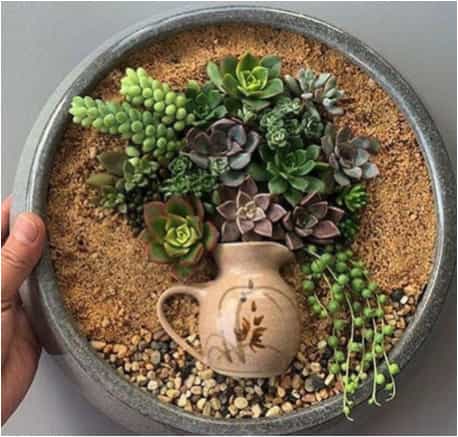

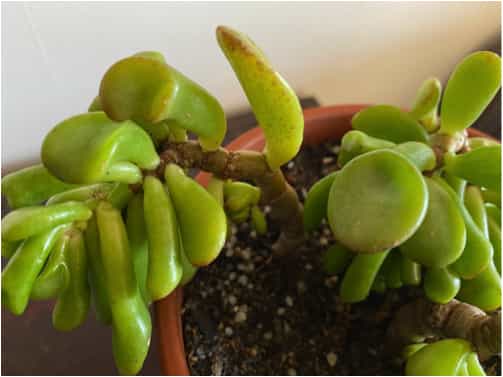
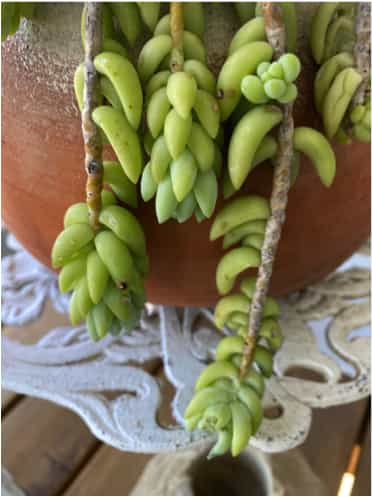
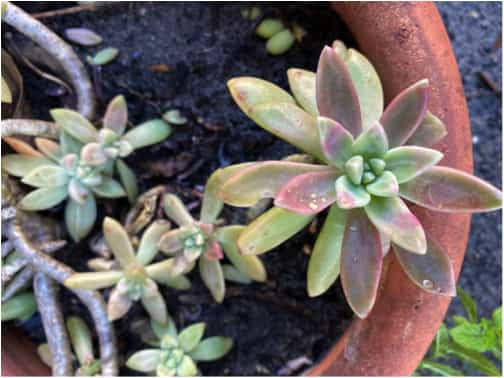
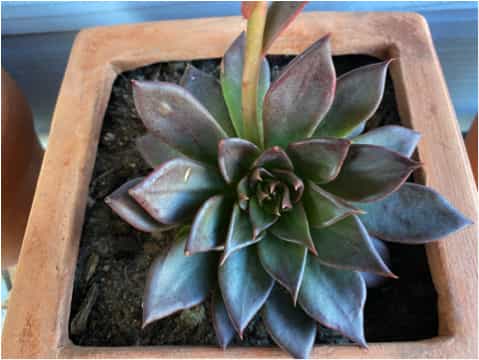
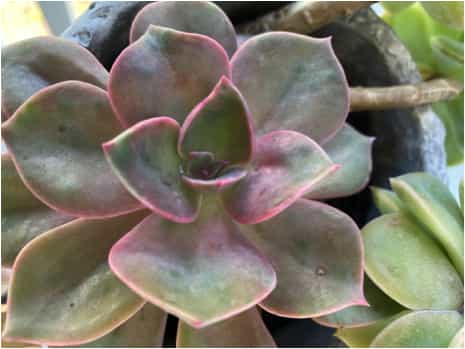
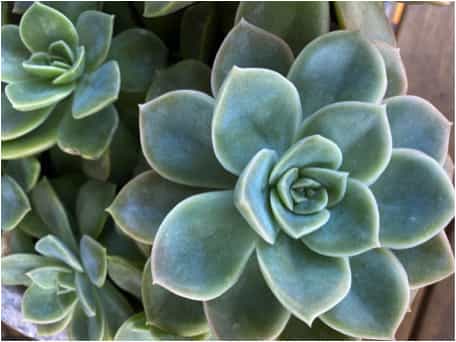
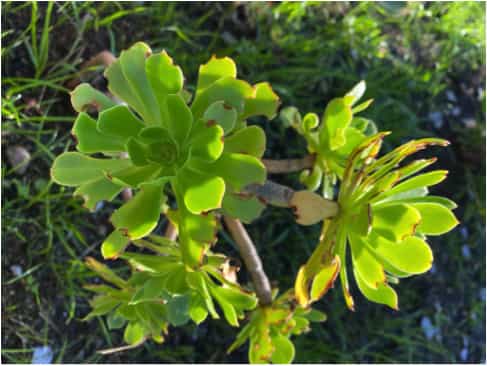
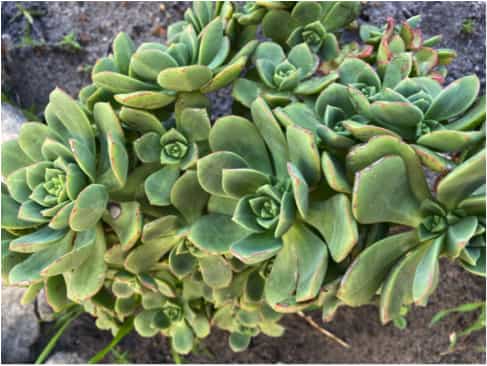
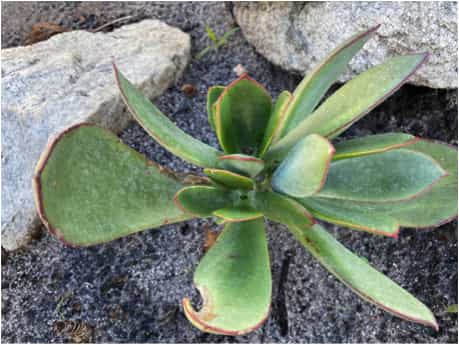
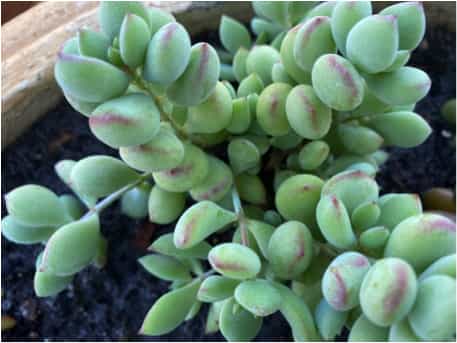
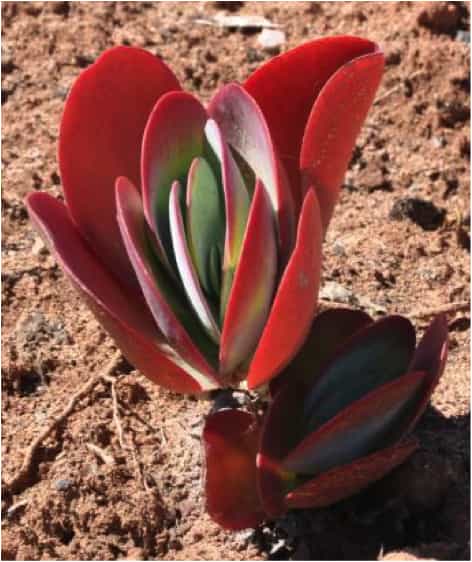
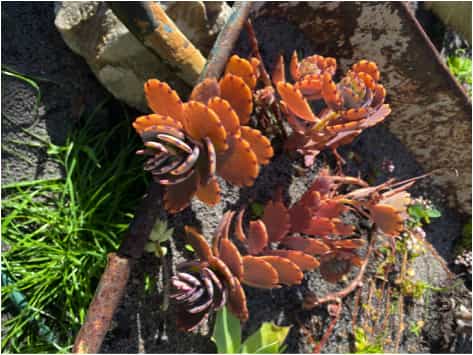
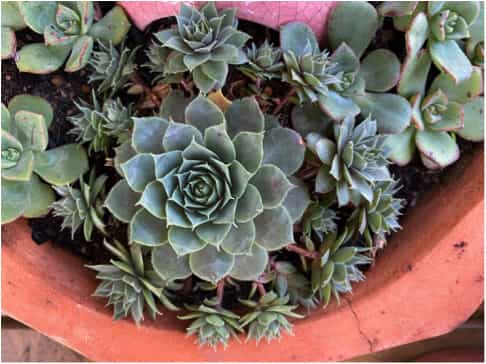
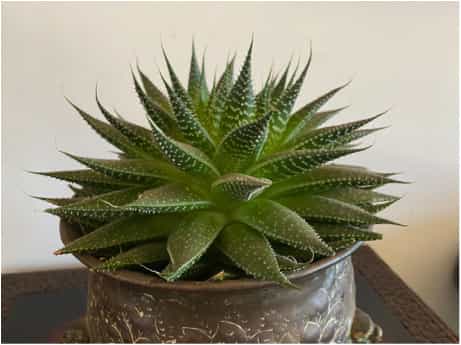
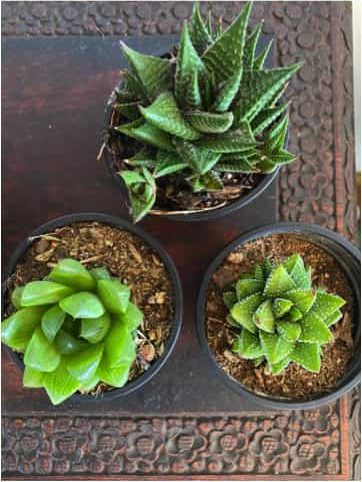
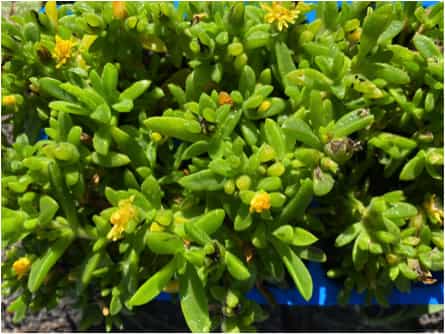
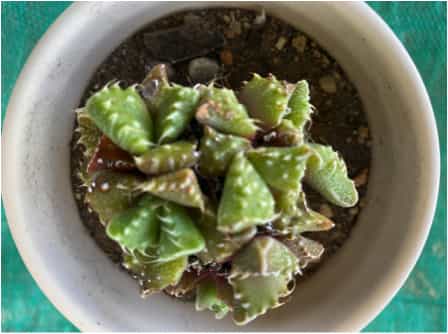
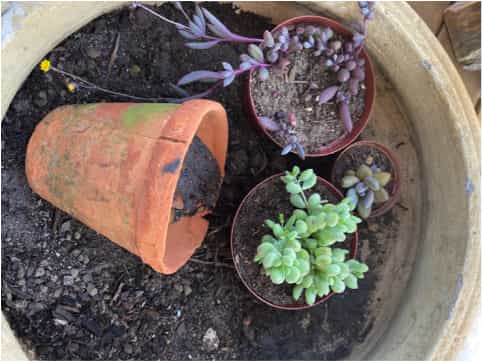

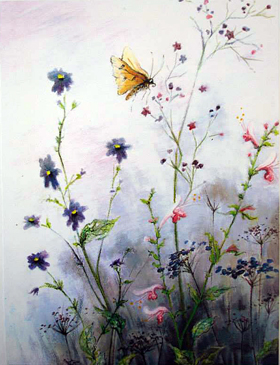

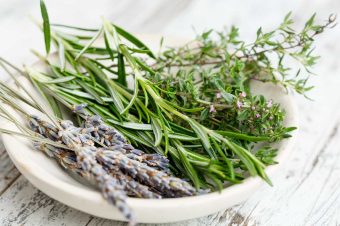
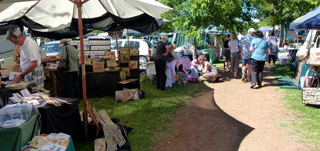
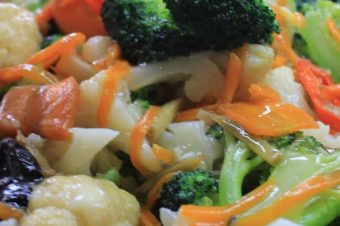
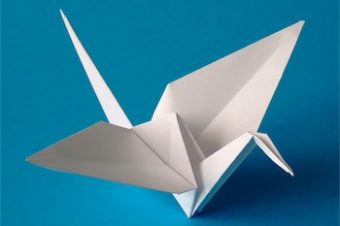
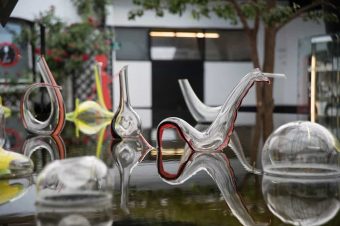
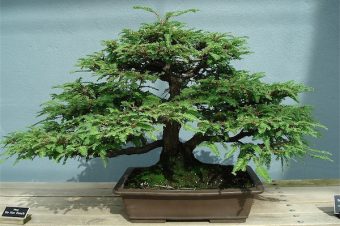
Leave a Reply